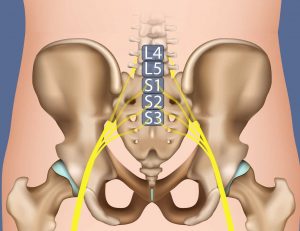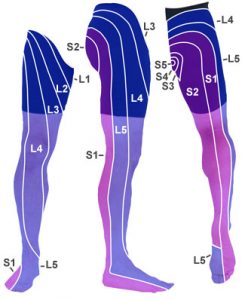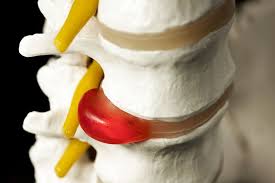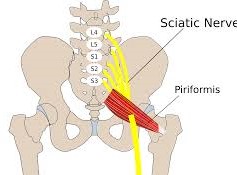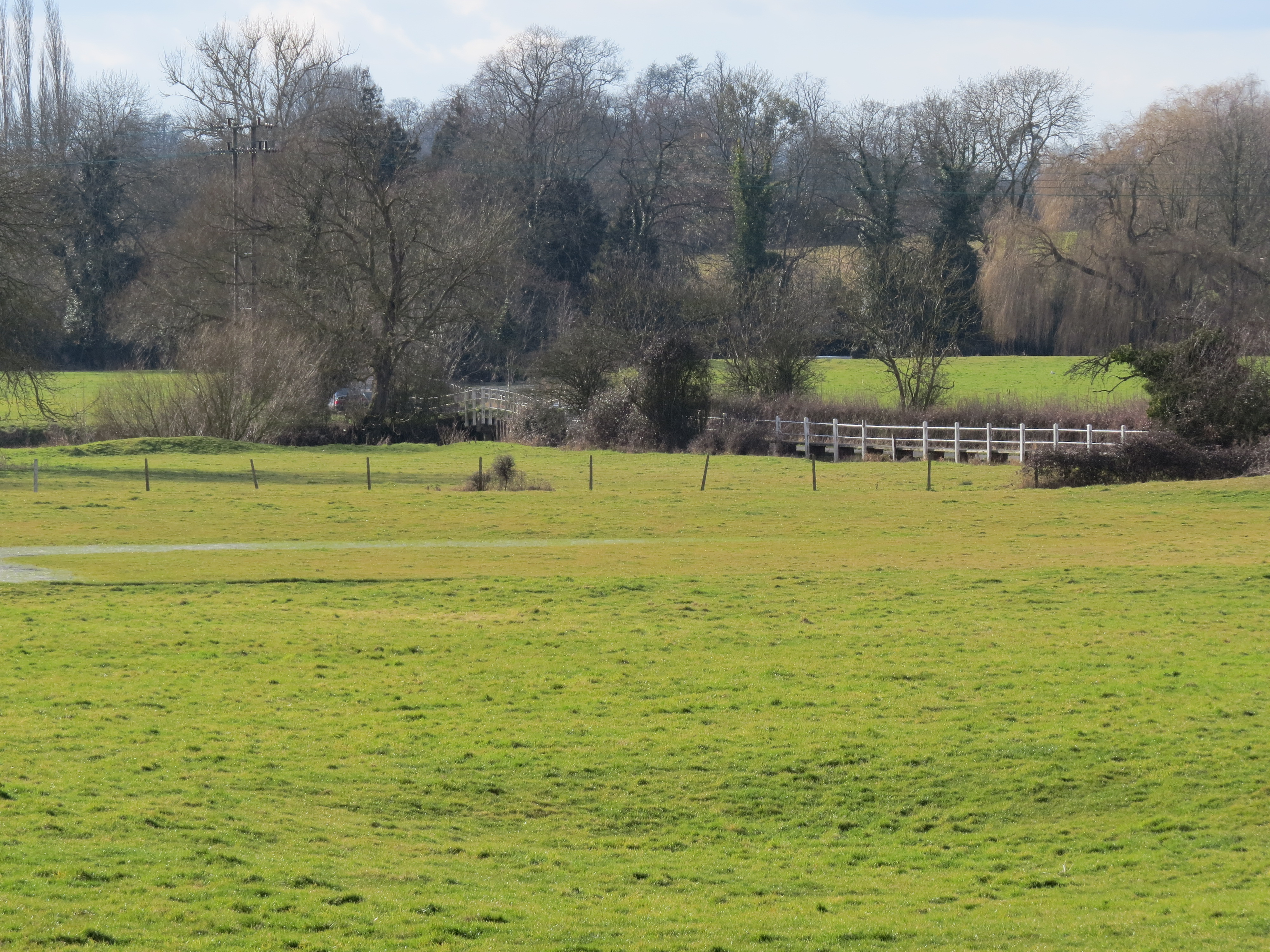Sciatica – Introduction
At the Iveson Clinic, we see many patients with pains in their legs who think they are in need of spine rehabilitation. Most people put this down to sciatica, but the picture is often a little more complicated.
Firstly the sciatic nerve isn’t just one nerve, but is made up of five different main nerves. These come out from different parts of the lower back and join together to form a big cable of nerves.
This bundle is called the Sciatic nerve. Pressure on any one of these branches can cause leg pain and would be called sciatica. The Sciatic nerve then passes out through the pelvis and into the leg. Some parts of the nerve even reach down to the toes. The sciatic nerve is the longest nerve in the body. The nerve contains nerve fibres which travel up towards the brain. These carry information from the leg about such things as temperature, position and pain. They also carry messages going down the leg to the muscles.
Sciatica – Anatomy of the Sciatic Nerve
Problems arise when one or more of the nerves ( that make up the sciatic nerve ) are compressed or irritated. In the above diagram, you can see that the different nerves which make up the sciatic nerve, supply distinct areas of the leg. So for example, if the fourth lumbar nerve (L 4), we could expect to see pain in the front of the thigh and down the inside of the calf. As well as pain, we might also expect to see a loss of reflex when we tap the front of the knee. If the S1 nerve branch is involved, then the outer border of the foot might be numb.
Sciatica – what can go wrong?
One of the main causes of sciatica is a “slipped disc“. This is where some of the jelly-like centre of the disc, squeezes out and irritates the nerve. Another cause could be arthritis in the spine which causes boney overgrowth around the nerve. Rarely a tumour could be the cause.
Sciatica – Diagnosis
As you can see, even from what a patient tells us about where the pain is in the leg, we can have an idea about where the problem is in the spine.
We would then perform further tests:
- checking sensation
- muscle strength
- reflexes
- spinal movements
These tests would help us to further narrow down which nerve might be affected.
Sciatica – other causes
Sometimes the picture can be confused by other conditions which mimic sciatica. For example, muscle spasm in the low back and pelvis, will often cause patients to feel pains in the leg. One such muscle is the Piriformis muscle which is in the back of the pelvis. The sciatic nerve sits just underneath it.
Gluteus medius often causes referred pain into the outer thigh too.
Conclusion
At the Iveson Clinic, we take all the clues from the case history and examination. We then try to accurately diagnose the cause of your sciatica and then select the most appropriate treatment approach to relieve the pain.


